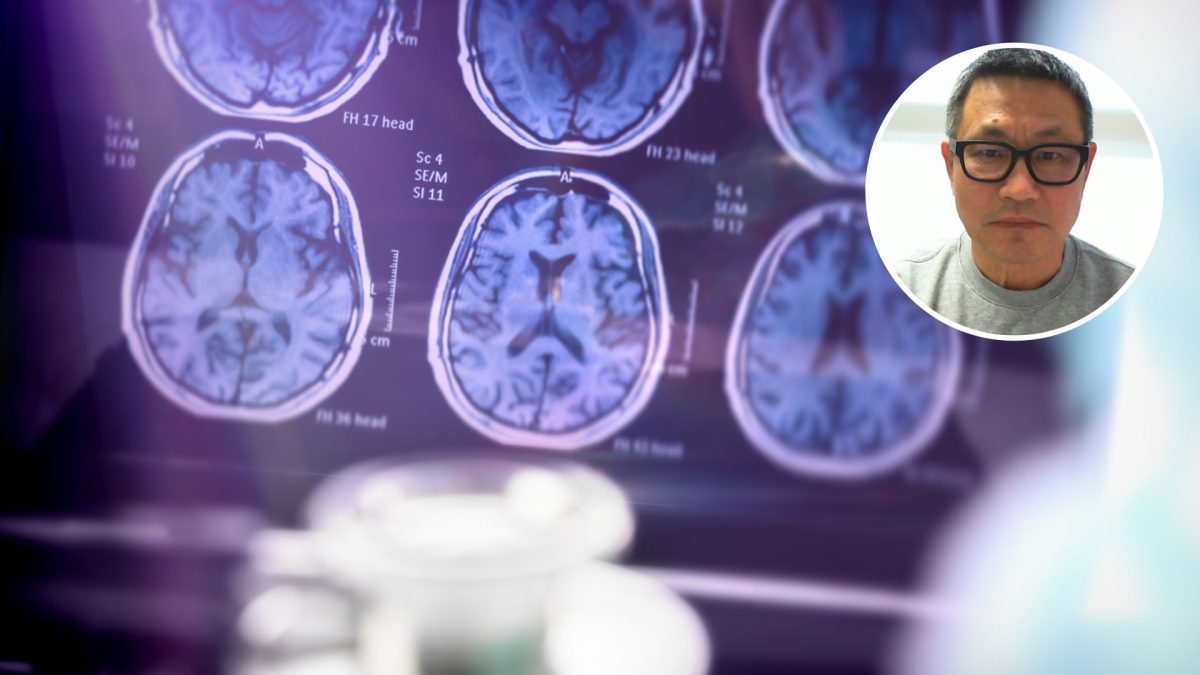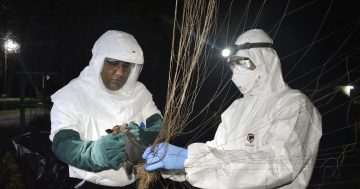
CSU’s Dr Xiaoming Zheng investigates the use of magnetic resonance imaging (MRI) as a tool for the early detection of Alzheimer’s disease. Photo: Supplied.
A Wagga-based researcher hopes to pioneer a new method for the early detection of Alzheimer’s disease using magnetic resonance imaging (MRI) to detect the disease before it reaches an advanced stage.
Senior lecturer in medical physics at Charles Sturt University, Dr Xiaoming Zheng, will work with a team of academics, radiology staff and 50 community volunteers to test the theory.
Alzheimer’s disease is a degenerative brain disorder that affects around 1 in 10 Australians over 65 years of age and there is no cure.
Dr Zheng hopes that by establishing a method of identifying biomarkers early enough, treatment options can be enhanced.
“Alzheimer’s disease is one of the major healthcare issues in rural and regional populations and ageing is the biggest contributing factor,” Dr Zheng said.
“Earlier detection is critical but there is no effective tool for the screening of the disease and often patients have already developed into an advanced stage of the disease when clinical symptoms appear.”
Central to his research is the examination of a part of the brain called the entorhinal cortex that is associated with memory.
Dr Zheng said that while memory and information were stored in the “hard drive” of the hippocampus, the entorhinal cortex serves as a kind of “data control area”.
“When you age, the brain will shrink and MRI is a very effective way to look at the brain shrinking,” he said.
“The one area that is dramatically reduced is the hippocampus.
“Over the last two decades, people focused initially on the hippocampus, because the extent of shrinking is more in Alzheimer’s patients.”
Dr Zheng examined a large set of data from the UK that measured the brains of people aged between 20 and 90.
To his surprise, when he looked at the entorhinal cortex and compared young, healthy subjects to the older “normal aging group” (not impacted by Alzheimer’s) the volume was the same.
“I had expected all of them to be shrinking to some extent, but that volume was exactly the same. No change. That caused me to be very excited.”
Dr Zheng then turned to a second UK study of husbands and wives where one partner had Alzheimer’s and the other was aging normally and they underwent regular scans over two years.
“To my surprise, the entorhinal cortex volume is the same in the normal aging and remained constant for the two years,” he explained.
“But if you look at the Alzheimer’s, the volume drops.
“So now I needed to prove that if, in normal ageing, the entorhinal volume is constant, that means you are safe. But, if the entorhinal volume is decreasing, then we know there is an issue.”
The research, titled ‘Clinical Validation of Entorhinal Volume as Imaging Biomarker for Screening and Early Detection of Alzheimer’s Disease in Rural Ageing Populations’, will take place over the next two years and Dr Zheng said they had no trouble finding 50 volunteers in Wagga.
If the theory proves to be correct, he said it could not only lead to early detection but more targeted treatment.
“The hypothesis I want to prove is that the entorhinal volume is preserved in normal ageing, but in Alzheimer’s, it is deviated from normal ageing because that area is injured.
“If this is proved, then I can use this technique with MRI to detect Alzheimer’s earlier before there is any sign of the disease.
“There is a long way to go but then the next step may be guiding the drug development.”
The research has been funded by a $50,000 Rural Health Research Institute Small Grant, and the 50 volunteer patients will undergo multiple scans over 20 months with four months between each.
The project is expected to be complete by the end of 2025.













